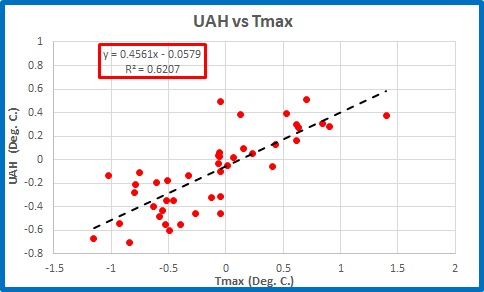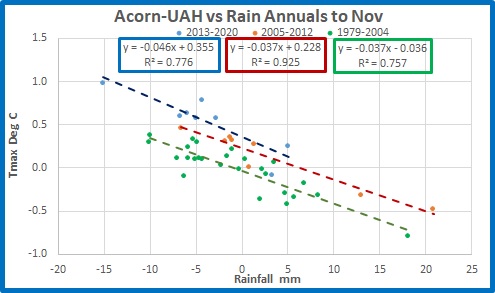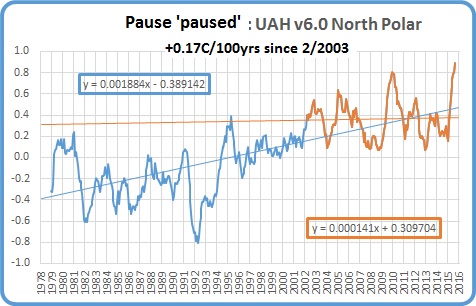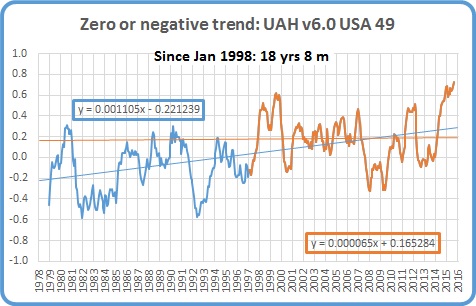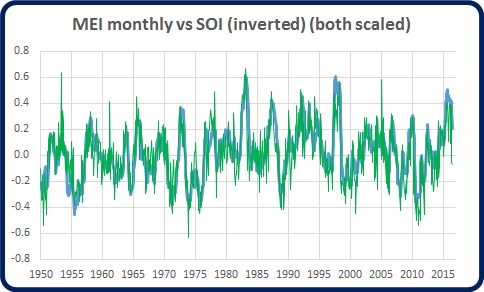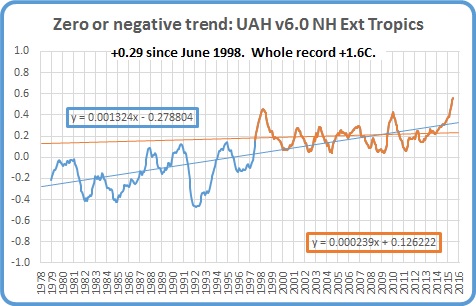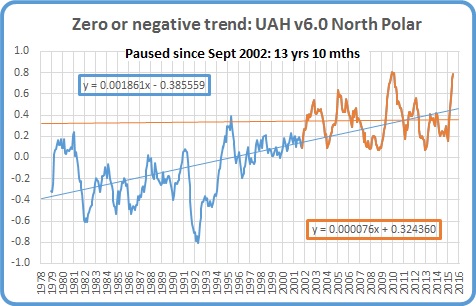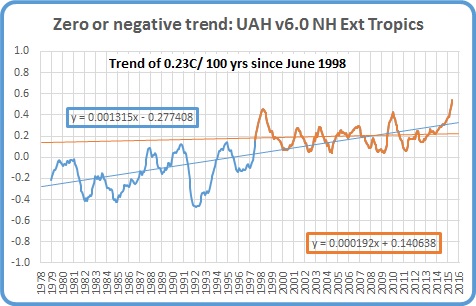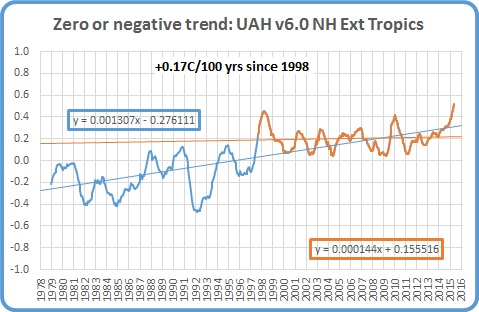For years we have been very sceptical about the official Bureau of Meteorology (BOM) temperature record which is based on 104 surface stations in the ACORN-SAT (Acorn) network. In this post I look at one of the main reasons for doubting the veracity of the surface record- the increasing divergence from the satellite record.
First up I should say that the two records should not necessarily agree, because they measure two completely different things. Surface stations measure the temperature of the air 1.2 metres above the ground and report the highest and lowest one second samples each day at 104 locations. These are combined in a grid average to give monthly, seasonal, and annual temperatures. Satellites measure temperatures of the atmosphere from the ground to many kilometres up, every second, over a wide area for each pass. These are similarly combined by algorithms to calculate a monthly average for (in this case) the land area of Australia’s Temperature of the Lower Troposphere (TLT).
They are both useful for different purposes but are not easily compared. Because minimum surface temperatures poorly match TLT, mean surface temperature is also a poor match. Maxima are a better match, but still not perfect.
For this post I use data from the University of Alabama (Huntsville) (UAH) which calculates anomalies from 1991 to 2020 means. I have converted Acorn data from anomalies from 1961-1990 means, to anomalies from 1991-2020 means, to match.
Figure 1 shows monthly Acorn maxima data and UAH means from December 1978.
Figure 1: Monthly Surface Tmax and UAH data
Although surface maxima have a much larger range than TLT anomalies, they plainly follow similar trajectories. 12 month running means smooth the data and allow easier visual comparison.
Figure 2: Running 12 Month Means: Surface Tmax and UAH data
Similar, but different at several times. Annual means show that in some years Tmax and TLT are close to identical, while in other years they have large differences.
Figure 3: Annual Means: Surface Tmax and UAH data
In 2015 I showed the reason for these differences (but not the difference in trends). The differences between the two datasets are very largely due to variations in rainfall. In wet years surface maxima are relatively much cooler than TLT; in dry years surface maxima are much warmer. In Figure 4 I have calculated rainfall anomalies scaled down by a factor of 20 and inverted, to compare with the difference between Tmax and TLT.
Figure 4: Running 12 month Means: Surface Tmax minus UAH and Inverted Rainfall
The match is close. Figure 5 shows annual values, and trend lines.
Figure 5: Annual Means: Surface Tmax minus UAH and Inverted Rainfall
While annual rain has been slightly increasing (it’s inverted, remember) the relative difference between surface temperature and atmospheric temperature has been increasing at a rate of one degree per hundred years. That’s odd. Figure 6 shows the relationship between the temperature difference and rainfall.
Figure 6: Annual Surface Tmax minus UAH versus Scaled Rainfall
For every extra 20mm of rainfall, the difference between surface maxima and TLT decreases by 0.85 degrees Celsius. The trend lines in Figure 5 should be close to parallel, not diverging.
As well, as rainfall increases, Tmax should decrease, as Figure 7 shows.
Figure 7: Surface Tmax as a Product of Rain
But as we saw in Figure 3, Tmax is increasing faster than UAH.
Furthermore, as surface Tmax increases, TLT should be increasing as well, which it is, but at a slower rate.
Figure 8: Atmospheric Temperature as a Product of Surface Tmax
Is the atmospheric temperature lagging behind surface temperature? Figure 9 shows the last two years of monthly values.
Figure 9: Monthly Atmospheric Temperature and Surface Tmax, January 2020-March 2022
The values are mostly synchronous, with sometimes a delay in one or the other of one month. (Remember, we are comparing data from 104 stations scattered across the continent, with that of the atmosphere with constantly changing and circulating winds). When the land warms, the atmosphere warms with it; when the land cools, so does the atmosphere.
Conclusion:
Tmax should not be increasing faster than atmospheric temperature. There is no real delay in any temperature change, as the atmosphere is heated each day by the land. Therefore it appears that there must be some fault with the maximum temperatures reported by ACORN-SAT, which appears to be warming too rapidly.
Explanation of the mechanism for rainfall moderation of surface-atmospheric temperature differences:
In wet years more moisture carried upwards condenses, releasing heat, thus warming the atmosphere, while the surface is cooled by cloud cover, evaporation, and transpiration. In dry years much less moisture is convected, so less heat is released in the atmosphere, while the surface is hotter because of less cloud cover and less evaporation and transpiration. Thus dry years have a greater relative difference between Tmax and TLT than wet years.
The only energy source is solar radiation heating the land surface in daylight hours, which in turn heats the atmosphere by conduction and convection. At night as radiation to space rapidly cools the earth, convection also rapidly decreases, so maxima, not minima, are responsible for the relationship with TLT.
A complication is that in summer (and more so in very wet La Nina years) large volumes of very moist air from the tropical seas to the north converge over northern Australia and penetrate even into southern Australia. This warm moist air cannot heat the surface but through condensation transfers heat to the upper atmosphere- therefore the difference between surface and atmosphere is even smaller.







